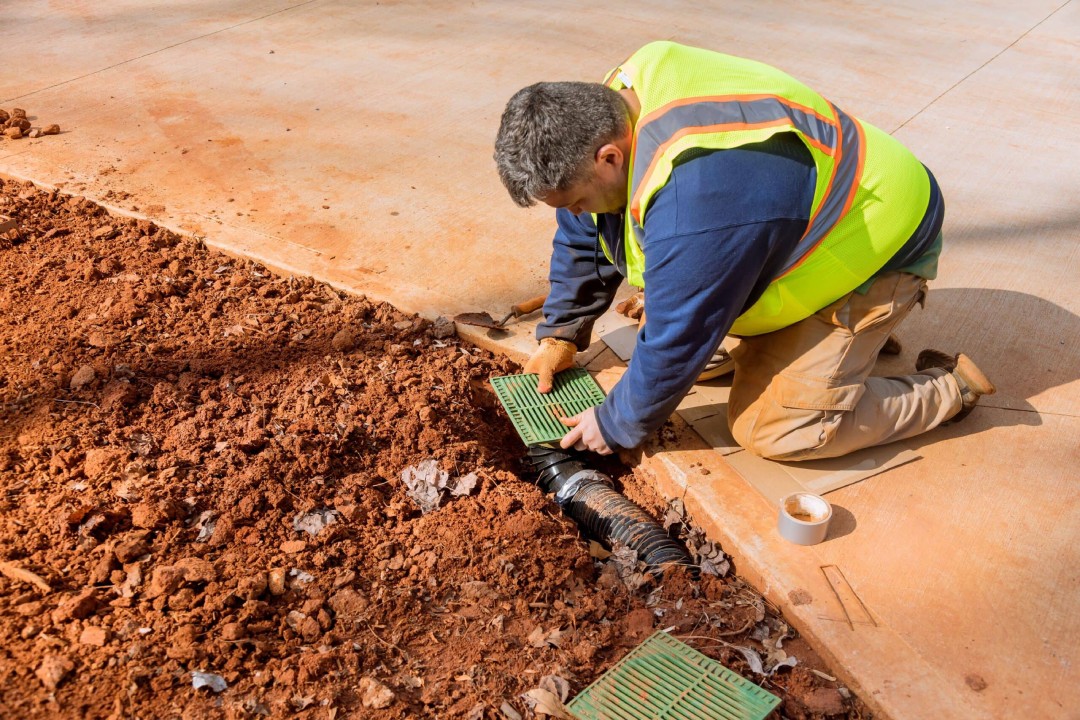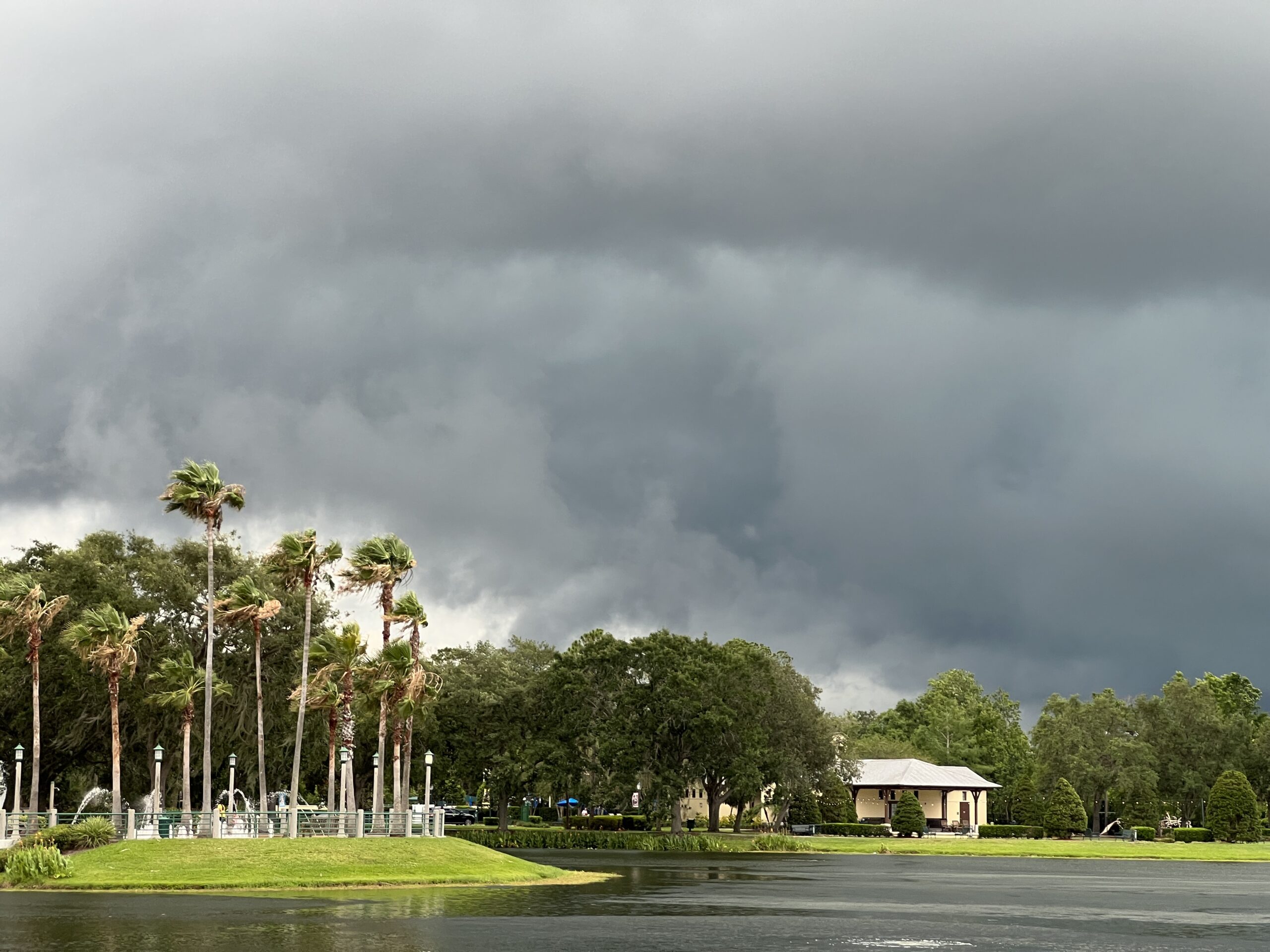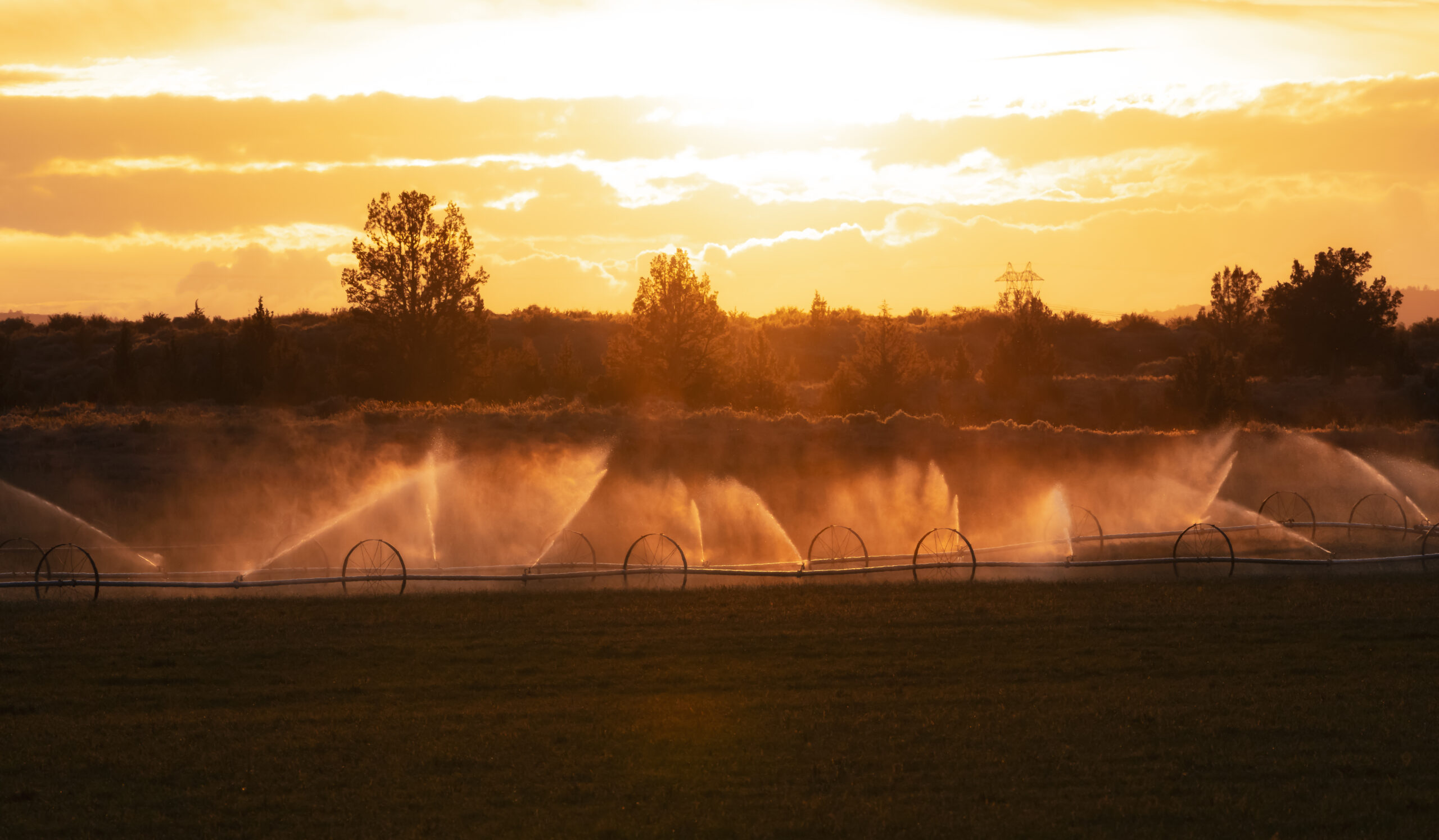Water is one of the biggest challenges commercial properties face. When drainage is managed correctly, it keeps your property safe, functional, and visually appealing. But when it’s ignored, it can lead to standing water, erosion, foundation damage, and even liability issues. Poor drainage can turn parking lots into hazardous puddles, make landscaped areas soggy and unusable, and cause costly repairs in the long run.
Tampa’s climate makes drainage management especially important. With frequent storms and heavy rainfall, water can quickly overwhelm a poorly designed drainage system. Without the right solutions, commercial properties can experience severe flooding, property damage, and landscape deterioration. Fortunately, there are several ways to take control of drainage before it becomes a serious problem. From grading and soil improvements to retention ponds and permeable pavement, there are solutions to fit every type of property.
Recognizing Drainage Issues Before They Get Worse
Before you can fix drainage problems, you have to identify where the water is causing trouble. Some warning signs are obvious, like large puddles in parking lots or soggy spots in your landscaping. But others are more subtle and may not be noticeable until they cause real damage.
Look for these key indicators:
- Standing water after rainfall – If water lingers long after a storm, the area likely lacks proper drainage.
- Erosion and soil loss – Runoff that carves away at landscaping, sidewalks, or foundations can signal uncontrolled water flow.
- Cracking or shifting pavement – Water that collects beneath sidewalks, driveways, or parking lots can weaken the foundation and lead to costly repairs.
- Water stains or mildew buildup on walls – These are signs that water isn’t being directed away from the building properly.
Catching these issues early prevents expensive damage and helps you implement effective solutions before they spiral out of control.
Using Proper Grading to Direct Water Flow
Grading is one of the most effective ways to manage water runoff. When a commercial property is graded properly, water naturally flows away from buildings, walkways, and landscaped areas instead of pooling in low spots.
If the grading isn’t done right, water can collect near foundations, seep into basements, and even create hazards in high-traffic areas. A well-designed grading plan uses slight slopes to guide water to designated drainage areas rather than letting it flow aimlessly.
Professional grading ensures that your property’s surface moves water efficiently without compromising landscaping or causing erosion. Even small adjustments to slopes can make a huge difference in preventing water accumulation and protecting structures from long-term damage.
Improving Soil Drainage for Healthier Landscapes
Soil plays a major role in how water drains on a commercial property. Different soil types absorb water at different rates, meaning some soils drain quickly while others hold onto moisture for too long. Clay-heavy soils, for example, are notorious for retaining water, which can lead to waterlogged grass, root rot, and standing puddles.
The right mix of sand, organic matter, and aeration can improve soil drainage and create a healthier landscape. Some effective ways to enhance soil drainage include:
- Adding compost or sand to loosen compacted soil and improve absorption
- Using raised plant beds to keep roots from sitting in excess water
- Aerating the soil to create small channels for better drainage
Good soil drainage not only keeps landscaping lush but also prevents runoff from overwhelming other areas of your property.
Installing French Drains for Subsurface Drainage
For properties dealing with excess water retention, a French drain may be a smart solution. These drainage systems use perforated pipes buried in a gravel trench to redirect water away from areas where it tends to collect.
French drains work especially well for:
- Waterlogged lawns and green spaces that never seem to dry out
- Buildings with flooding issues due to water pooling near the foundation
- Low-lying areas that trap standing water
By channeling excess water underground and guiding it toward a safer drainage outlet, French drains keep commercial landscapes from becoming flooded and unusable.
Preventing Runoff Issues with Permeable Paving
Hard surfaces like asphalt and concrete don’t absorb water. When it rains, water has nowhere to go, leading to pooling, slippery surfaces, and excessive runoff. That’s why many commercial properties are turning to permeable paving solutions.
Permeable materials, such as:
- Porous concrete – Allows water to filter through the surface instead of collecting on top
- Interlocking pavers – Create small gaps for drainage while maintaining durability
- Gravel or crushed stone – Offers a natural and cost-effective way to improve drainage
Permeable paving reduces the strain on storm drains and helps prevent large-scale water pooling in parking lots, driveways, and walkways.
Managing Excess Water with Retention Ponds and Swales
For larger commercial properties, controlling water runoff is a major challenge. Without a proper drainage plan, rainwater can overwhelm the property, leading to soil erosion, landscape destruction, and even flooding into nearby areas.
Retention ponds and swales are two effective solutions that naturally manage excess water:
- Retention ponds hold water permanently, slowly releasing it through a controlled drainage system. These ponds help filter runoff and prevent flooding.
- Swales are shallow, grass-lined channels that direct water across a property while filtering out debris and pollutants.
Both solutions allow water to drain safely while maintaining an attractive and eco-friendly landscape.
Keeping Gutters and Downspouts Clear to Prevent Overflow
Your property’s gutters and downspouts play a crucial role in moving water away from buildings. When they’re clogged with leaves, dirt, or debris, rainwater spills over, creating water damage, soil erosion, and foundation issues.
Regular maintenance ensures that gutters and downspouts work efficiently, directing water to designated drainage areas instead of allowing it to collect where it shouldn’t. Installing gutter guards can also help prevent blockages and reduce the need for frequent cleaning.
The Importance of Regular Drainage Maintenance
Even the best drainage systems need routine maintenance to stay effective. Over time, drains can clog, grading can shift, and natural wear and tear can affect how water moves on your property. A drainage system that isn’t maintained properly can cause more damage than not having one at all.
A solid drainage maintenance plan includes:
- Clearing drains, gutters, and grates to prevent backups
- Inspecting soil erosion and regrading areas as needed
- Checking irrigation systems to prevent overwatering and unnecessary runoff
- Assessing standing water issues after heavy rainstorms
By staying proactive, commercial properties can avoid expensive repairs and maintain a safe, dry, and professional-looking landscape.
Let Tampa Turf Services Solve Your Commercial Drainage Problems
Managing drainage on your commercial property doesn’t have to be a struggle. With the right strategies, you can prevent flooding, reduce erosion, and keep your landscape looking clean and professional year-round. Whether your property needs grading improvements, permeable paving, retention ponds, or French drains, the key is implementing a drainage plan that fits your specific needs.
At Tampa Turf Services, we specialize in custom commercial drainage solutions designed to keep your property dry, safe, and beautiful. Our team understands Tampa’s unique climate challenges and works with businesses to create long-lasting drainage systems that protect your investment.
If you’re ready to take control of drainage on your commercial property, contact Tampa Turf Services today. Let’s make water work for your landscape—not against it.




